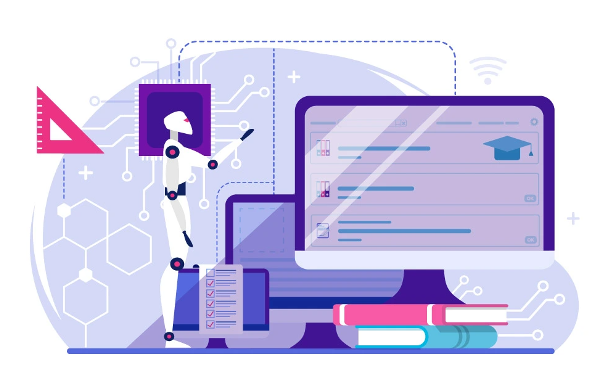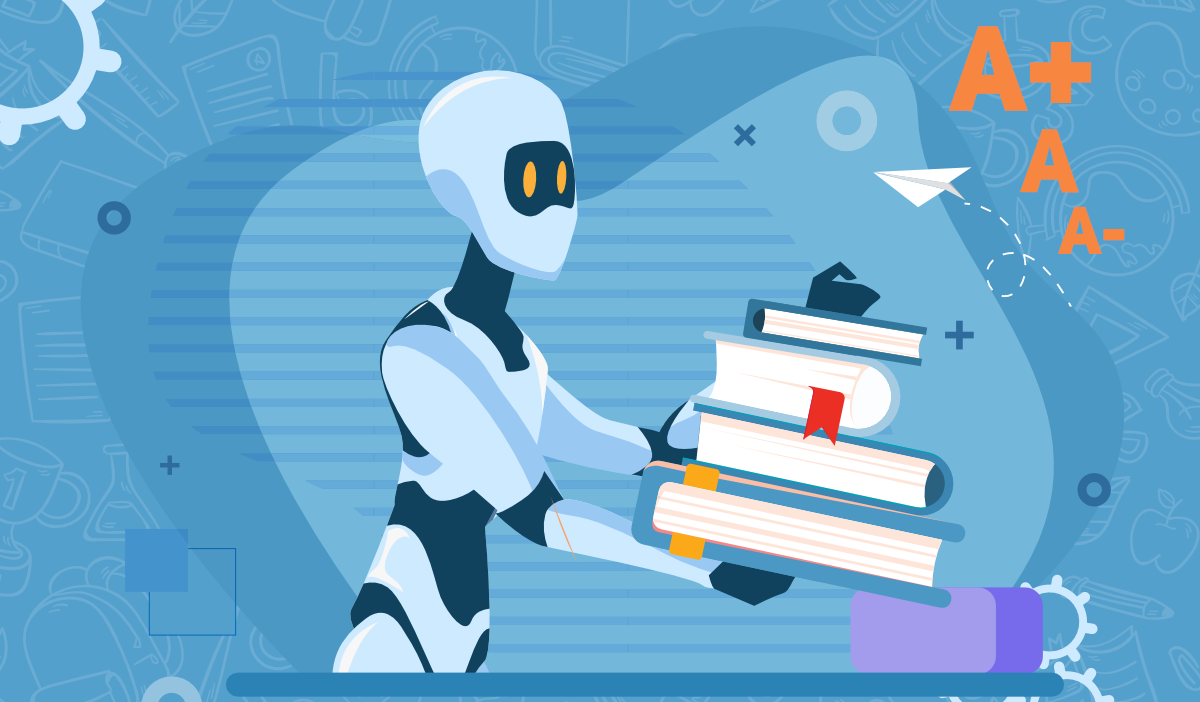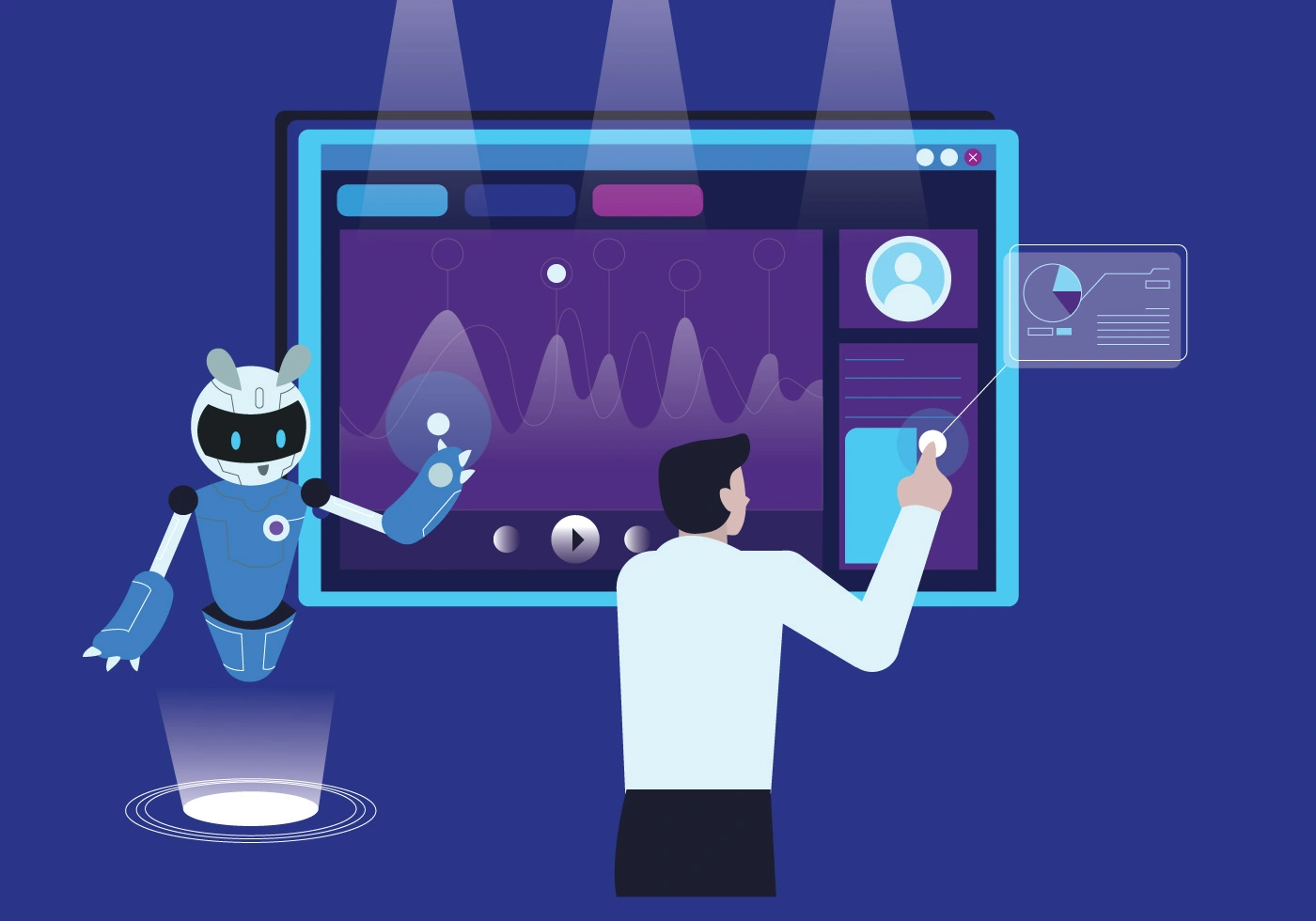
Welcome to our blog about AI in the classroom! In this blog, you'll learn what AI is and why it's important for education. We will explore the benefits of using AI, like personalized learning and better engagement. You will also see how AI is used in schools and some challenges it brings. By the end, you will know how AI can make learning fun and effective. Let's dive in!
What is AI?
AI, or Artificial Intelligence, is a kind of smart technology. It can learn, think, and solve problems like a human. AI is used in many places:
- Healthcare: Doctors use AI to help find and treat diseases.
- Cars: Some cars can drive themselves using AI.
- Phones: Voice assistants like Siri or Alexa use AI to answer questions.
Benefits of AI in Learning
AI can make learning better in many ways:
- Personalized Lessons: AI can create lessons that fit each student’s needs.
- Fun Learning: AI can make learning games that keep students interested.
- Helping Teachers: AI can grade papers and handle other tasks, giving teachers more time to help students.
Why Use AI in the Classroom?
Using AI in classrooms is important for modern education:
- Better Learning: AI helps students learn at their own pace.
- More Engagement: AI makes learning fun and interactive.
- Support for Teachers: AI takes care of routine tasks, so teachers can focus on teaching
Benefits of Using AI in the Classroom

Improved Personalized Learning Experiences
AI helps create lessons that are just right for each student. 71% of educators believe AI can enhance student learning outcomes . If a student is good at math but needs help with reading, AI can adjust lessons to focus more on reading. This way, everyone learns at their own pace and gets the help they need.
Enhanced Student Engagement and Motivation
AI makes learning fun and interesting. It can turn lessons into games and interactive activities that keep students excited and motivated to learn. When learning is fun, students want to do more of it.
Streamlined Administrative Tasks for Educators
Teachers have a lot of work to do, like grading papers and organizing lessons. AI-powered adaptive learning can increase student engagement by 30%. AI can help by doing some of these tasks quickly and accurately. This gives teachers more time to focus on helping their students.
Data-Driven Insights for Targeted Interventions
AI can analyze student data to find out who needs extra help and in what areas. This means teachers can give special attention to students who need it the most, making sure everyone gets the support they need to succeed.
Accessibility and Inclusivity for Diverse Learners
AI tools can help all kinds of students, including those with special needs. For example, AI can read text out loud for students who have trouble reading or translate lessons into different languages. This makes learning accessible to everyone.
Practical Applications of AI in Education
Adaptive Learning Platforms
These platforms change lessons based on each student’s progress. If a student understands a topic quickly, the platform moves on to more challenging material. If not, it provides extra practice.
AI-Powered Grading and Feedback Systems
AI can grade assignments and give feedback right away. 61% of schools use AI-powered grading and feedback systems. This helps students know how they’re doing and what they need to improve.
Virtual Tutors and Chatbots
AI tutors and chatbots can answer students’ questions anytime. They provide extra help outside of class, making sure students can learn whenever they need.
Data Analytics Tools
These tools track students’ performance and help teachers see how well students are learning. This way, teachers can adjust their teaching methods to better support their students.
AI-Driven Content Creation and Curriculum Customization
AI can help create new learning materials and customize curriculums to fit the needs of different classes. AI-driven content creation can reduce teacher workload by 20%. This ensures that all students get the most relevant and effective lessons.
Challenges and Considerations

Privacy Concerns and Data Security in AI Implementation
When using AI in schools, it’s important to keep student information safe. 75% of educators are concerned about data privacy and security in AI implementation. AI systems collect a lot of data about students, like their grades and how they learn. We need to make sure this data is protected and only used by people who are allowed to see it.
Addressing the Digital Divide and Ensuring Equitable Access
Not all students have the same access to technology. Some might not have computers or internet at home. It’s important to make sure all students can use AI tools, no matter where they live or what resources they have. Schools need to find ways to provide these technologies to everyone.
Training and Upskilling Educators for AI Integration
Teachers need to learn how to use AI tools in their classrooms. This means schools must provide training and support for teachers. When teachers know how to use AI, they can help their students learn better. Ongoing training is important to keep up with new AI developments.
Ethical Considerations in AI Decision-Making Processes
AI makes decisions based on data, but sometimes it can make mistakes or be unfair. It’s important to make sure AI is used in a fair and ethical way. Schools need to check how AI systems make decisions and ensure they are not biased or harmful to any student.
Best Practices for Implementing AI in the Classroom

Collaborative Approach Between Educators, Administrators, and Technology Experts
When using AI in schools, it’s important for teachers, school leaders, and tech experts to work together. They can share ideas and make sure AI tools fit well into the classroom. This teamwork helps everyone understand how AI can best help students.
Pilot Testing and Evaluation of AI Tools Before Full-Scale Implementation
Before using AI tools for all students, it's smart to test them with a small group first. This way, schools can see how well the tools work and fix any problems. Pilot testing helps make sure the AI tools are ready and effective before they are used widely.
Continuous Professional Development for Educators to Leverage AI Effectively
Teachers need ongoing training to use AI tools well. Schools should provide regular workshops and courses to help teachers learn about new AI technologies. When teachers keep learning, they can use AI in the best way to help their students.
Encouraging Student Involvement and Feedback in the Adoption Process
Students should be part of the process when schools start using AI. They can give important feedback about what works and what doesn’t. By listening to students, schools can make sure the AI tools are helpful and enjoyable for everyon
Future Trends and Innovations
Predictions for the Evolution of AI in Education
AI in education is expected to keep growing and getting better. In the future, AI might be able to understand students even more, helping them learn in ways that are perfect for each individual. AI could also become smarter, making learning faster and more efficient.
Emerging Technologies Shaping the Future of Classroom AI
New technologies are always being developed, and many of these will change how AI is used in classrooms. For example, virtual reality (VR) and augmented reality (AR) could make lessons more immersive and interactive. Advanced AI systems might even be able to predict what each student needs to learn next.
Potential Challenges and Opportunities on the Horizon
As AI continues to evolve, there will be new challenges to face. Keeping student data private and secure will always be important. Ensuring all students have access to the latest technology is another big task. However, there are also many opportunities. With AI, education can become more personalized, engaging, and effective, helping all students succeed.
Conclusion
AI is changing the way we teach and learn, making education more personalized and engaging. It helps teachers with their tasks and provides valuable insights to support students better. While there are challenges to consider, the benefits of AI in the classroom are clear. By working together, schools can use AI to create a better learning environment for everyone.
To learn more about making your classroom even better, check out our blog on "10 Behavior Management Strategies for Your Classroom."